
Director of Photography
Arnaud, a student remaining alone in Paris during the summer, is obsessed with the wall where the names of the Parisian soldiers who died in the 1914 war are engraved. He finds himself confronted by one of these soldiers, who invites him to step out of time and to bring comfort to his loved ones.

Director of Photography
The father falls into a coma. The mother and son silently concentrate all their powers. They meekly accept the diagnosis but resist the verdict. Yet they reject an open conflict because the life thread is so taut that conflict could inadvertently break it.
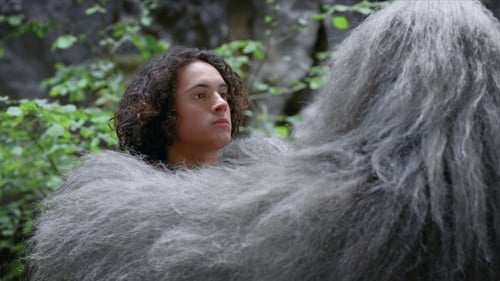
Director of Photography
A fable about the Goddess Mari and her two sons, born of a mortal father, whom she entrusts to the devil for their education. Mikelats decides to stay with his master but Atarrabi flees—but the devil manages to hold onto his shadow.

Cinematography
This is the story of a lyrical singer and an Afghan refugee. With songs and introspection, hope and disappointment.
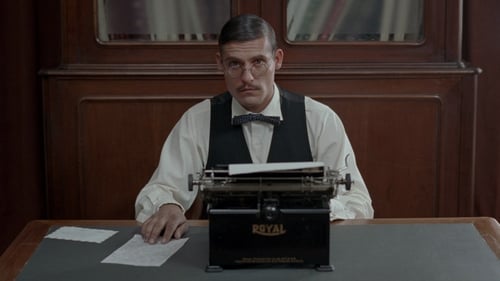
Director of Photography
Lisboa, Portugal, 1927. El escritor y periodista Fernando Pessoa acepta de su jefe el encargo de crear un eslogan publicitario para la bebida Coca-Louca; pero las conservadoras autoridades del Gobierno consideran la nueva bebida tan revolucionaria como diabólica.

Director of Photography
In Reunion Island, green casuarinas are swept by trade winds. We skim the black sandy earth until we reach the center and come upon a stage, a "ron," where poets succeed one another to deliver their "fonnkers" and perpetuate the Creole language. Their bodies vibrate, their feet stomp the basaltic soil to invoke the secret tale. The poem thus becomes the ritual for an identity quest. Tonight is kabar night "Ôté fonnkézer. Rant dann ron, detak la lang, demay lo kèr!" (Oh Poet. Walk on stage, free your tongue, untangle your heart!) The texts of these poems have urged us to resist for the past forty years. Could their panting souls be whispering the possibility of resilience to our ears?

Director of Photography
Six dancers, propelled by Ori Lichtik’s thrumming electronic score, circle each other with a livewire fluidity choreographed by Sharon Eyal.
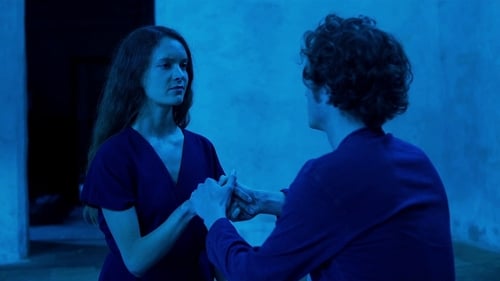
Cinematography
Una película nacida a raíz de una acción formativa para jóvenes actores celebrada en Toulouse en el mes de mayo, en la que Green vuelve a demostrar su talento para la dirección de intérpretes y su mirada crítica hacia la invasión cultural venida del otro lado del océano.
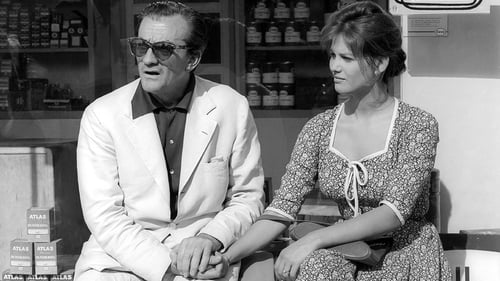
Cinematography
Forty years after his death, this documentary pays tribute to one of the major filmmakers of Italian cinema, to an original work that continues to inspire today's cinema. Coming from one of the greatest families of the Italian aristocracy, he could have been a rich and cultured man, living in opulence and idleness, but Luchino wanted a different destiny. This is the story that director Elisabeth Kapnist and Christian Dumais-Lvowski wanted to tell. Count Visconti di Modrone wears the clothes of a legend that he never stopped shaping throughout his life. This documentary reconstructs the fabric of a brilliant life, dedicated to art; theater, opera, and cinema. This artistic work is also that of a committed man, who was a fellow traveler of the Communist Party, and who resisted fascism.

Cinematography
Vicente, un adolescente, crece con el amor de su madre, María, pero ella siempre se ha negado a revelar el nombre de su padre. Un día descubre que éste es una editor parisino egoísta y cínico, Oscar Pormenor. El joven tiene un plan de venganza pero su encuentro con Joseph, un hombre algo marginal va a cambiar su vida y la de su madre.

Cinematography
Alexandre Schmitdt, arquitecto francés poseedor de una brillante carrera, y su mujer, Aliénor, socióloga especializada en contextos sociales difíciles, es una pareja que comparte una inquietud profunda sobre sus respectivos oficios. Entre ellos se ha creado un silencio que puede acabar comprometiendo de forma irreversible su relación. Consciente de la necesidad de salir de esa situación, Alexandre decide retomar un proyecto importante para él pero abandonado hace ya demasiado tiempo: escribir un texto sobre el arquitecto barroco Francesco Borromini. Necesitada de tomar distancias con su propio trabajo, Aliénor decide acompañarlo, pero en Stresa sus destinos se separan momentáneamente para volver a reunirse, en una especie de renacimiento final absolutamente necesario.
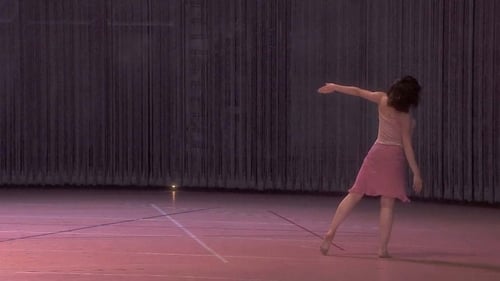
Director of Photography
Recording of a performance by Ballet de l'Opéra national de Paris of the ballet on Music for 18 Musicians by Steve Reich, choreographed by Anne Teresa De Keersmaeker.
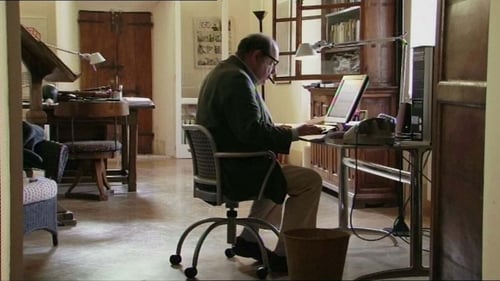
Cinematography
Umberto Eco, the author of best-selling novels who passed away in February 2016, unveils the secrets behind his undertakings and novels.

Director of Photography
The untold story of a world-renowned place of remembrance of the Holocaust in France, the internment camp of Drancy, which was the central transit for the near totality of the 76 000 deported Jews of France during World War II.
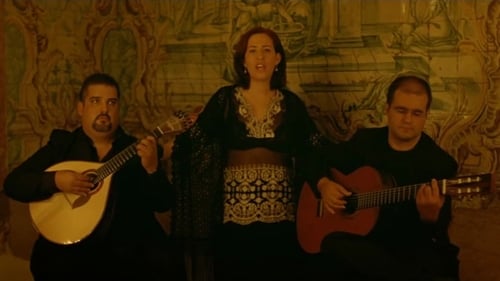
Director of Photography
Una joven actriz portuguesa habla Portugués perfectamente a pesar de nunca haber estado en el país. Llega a Lisboa por primera vez justo antes de que se empezara a filmar una película.

Director of Photography
A mother and her two sons have waited for ten years for her husband and their father to return. One day a stranger arrives and approaches them.

Director of Photography
París, 1979-1980. Pascal retrasa a conciencia el momento de comenzar su tesina de filosofía. Su amiga Christine no comprende su desfachatez. Sarah canta en un grupo barroco y vive de y para su arte. Manuel, su pareja, hace lo posible por apoyarla. En el mundillo del barroco, un trío muy influyente prepara una importante grabación de Monteverdi, bajo la dirección del “Innombrable”, el músico del trío, persona cruel y arrogante. Sarah prepara con ahínco la partitura de canto del “Lamento de la ninfa” El disco sale y obtiene gran éxito. Pascal lo recibe de regalo de Navidad de Christine y queda fascinado por la voz de Sarah. Sarah reanuda sus sesiones musicales con el “Innombrable” pero termina por abandonar al ver que la sigue maltratando y humillando. Pascal se va sumiendo en un estado de melancolía tal que su novia no lo soporta y acaba dejándole.

Director of Photography
A funny, charming faux-fairy tale about ogres, knights and maidens.

Director of Photography
The encounter of a young doctor and a werewolf is the setting of unexpected results in another example of Eugène Green's taste for the fantastic.

Director of Photography
La Première éducation sentimentale (the first version of L'Éducation sentimentale), re-adapting the themes of first love, the intoxication of desire, and failed ideological revolution (that culminated in the Revolution of 1848) to the May 68 generation through a chronicle of the parallel lives of a pair of childhood friends, the pragmatic Henri and idealistic Jules as they leave their bucolic, rural hometown to separately pursue their baccalaureate - and real world - educations.

Director
A good insight insights into the one of the greatest minds in photography. Henri Cartier-Bresson (August 22, 1908 -- August 3, 2004) was a French photographer considered to be the father of photojournalism. He was an early adopter of 35 mm format, and the master of candid photography. He helped develop the street photography or life reportage style that was coined The Decisive Moment that has influenced generations of photographers who followed.

First Assistant Camera
Documentary on one of 20th century greatest photographers, the French Robert Doisneau.

Assistant Camera
It is a brief documentary which records the life of five Augustinian monks in the little monastery of Castelnuovo dell'Abate, a Tuscan village, as well as the everyday life of people in the small town, from farmers to meat-hackers, from wine-makers to wild boar hunters.
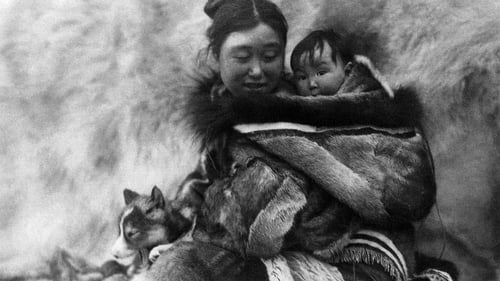
Assistant Camera
Filmmakers revisit Inukjuak, the Inuit village where Robert J. Flaherty filmed Nanook of the North in the early twentieth century, and examine the realities behind the ground-breaking documentary.





















